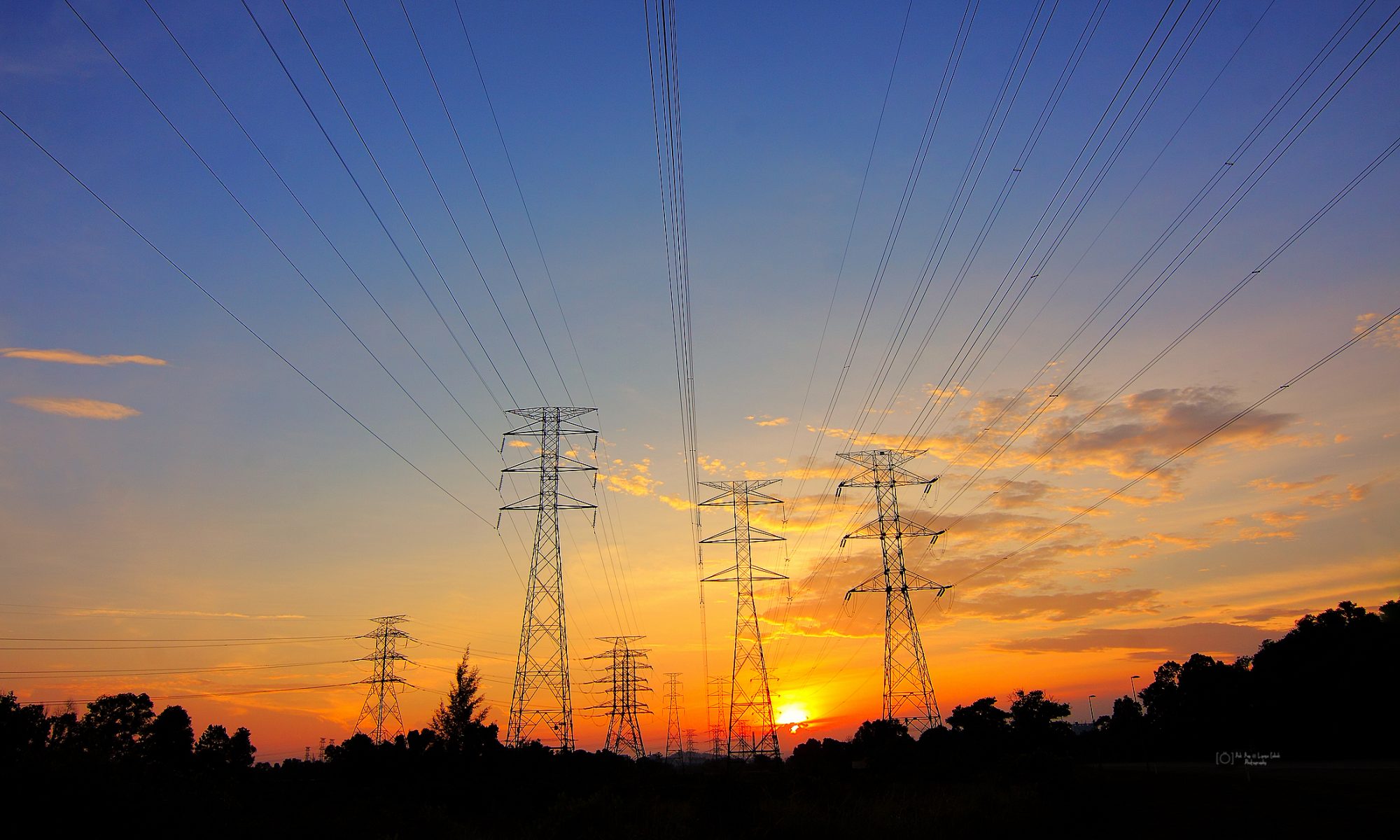To perform a proper arc flash study a site survey is necessary. A one line diagram is a great starting place for a survey but it along with floor power plans are not enough as field changes are common; even as-builts get outdated quickly assuming they’ve captured all initial field changes.
Site survey’s for arc flash studies can be time consuming however without proper input data an arc flash study is not only pointless but dangerous as it will provide inaccurate safety information. An inaccurate arc flash study can leave both the facility and arc flash contractor open to significant liability.

Protecting the surveyor: Often missed is the concept that the equipment one is surveying can present a hazard to the person surveying. As the hazard is unknown it’s hard to quantify the risk however the surveyor should take reasonable precautions.
- Deenergize survey equipment whenever possible.
- Remove all exposed metal jewelry such as rings or necklaces.
- While surveying try to stand a few away from the equipment you’re surveying when possible. An arc flash’s energy dissipates exponentially with respect to distance. Additionally the further you are from the equipment the less likely you could cause the very incident your trying to avoid.
- Personal Protective Equipment (PPE) should be warn by the surveyor as well. The level of protection required will vary with respect to the equipment being surveyed. The NFPA Tables are a good starting place for surveying when no previous study is available.
Time: Rushing through a survey is never recommended. Plan adequate time for the survey as rushing through will surely make one miss critical details that will only necessitate additional site visits. Do it right the first time.
Maps: One Line diagrams and power plans can provide a helpful map to locate equipment and understand the system. Often the “map” is outdated so one cannot rely on it to heavily. Maintenance personal can typically provide additional commentary on what changes may have occurred.
Recording Data: While a pencil and paper are essential tools a good camera is invaluable as well. It will help provide details that may have been otherwise missed when the study is being performed and can be examined later. Software made for mobile devices such as Arc Flash Power Tools can record the data onsite and cut down study time!
Conductors: All conductor and busway lengths must be measured including the horizontal portions of the runs. Look for the written AWG/KCMIL size of the conductor on its outer jacket. Only estimate the size when the size is not written on the outer sheath as jacket thicknesses vary. Be sure to note if the conductor is a single conductor or in a shared jacket as well as the conduit material type.

Over Current Protective Devices (OCPD): Circuit breaker and fuse type, model, trip amps and poles must be identified. Circuit Breakers that have adjustable trip settings must be recorded as the different trip points will effect the duration of a an arc flash and the overall exposure potential to workers in the area. Additionally these settings are important for a coordination study as well. Never assume the make or model of a protective device if it is not identifiable. If a result must be provided using the upstream protective device characteristics will provide a safer albeit likely conservative result.
Panelboards, Switchboards & MCC’s: Panel locations and short circuit current ratings need to be verified. A panel can have an over current protection device such as a circuit breaker or fuse that exceeds short circuit rating of the panel. An over current device with a high interrupt rating is of little value of the short circuit current exceeds the panel rating.

Transformers: The transformer type, primary/secondary voltage, KVA rating and impedance must be recorded from each transformer nameplate. The service transformer is the most critical and often inaccessible. Contact the utility company to request the needed data.
Motor Loads: Record motor nameplate data for all large motors. Note if the motor is induction or synchronous.
Generators: Record generator nameplate data for all generators. If the sub transient reactance is not available on the nameplate, contact the manufacturer.
Transfer switches: Record nameplate data including amacity, make/model and short circuit current rating.
